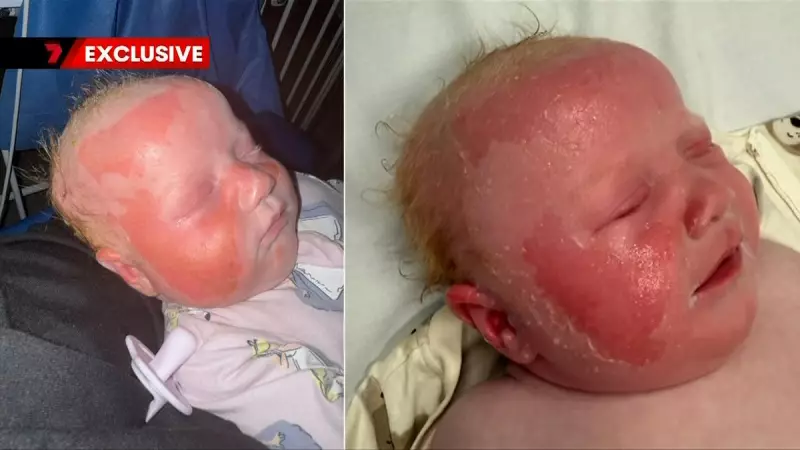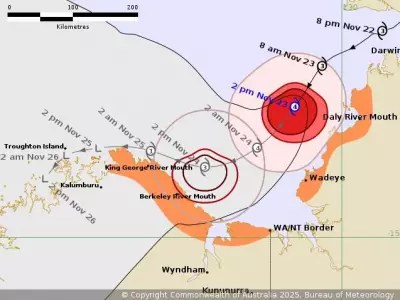
A disturbing incident has prompted health authorities to issue an urgent warning to Australian families about a hidden sun danger that many parents overlook. A baby has suffered second-degree burns from ultraviolet radiation reflected off common surfaces, highlighting a serious gap in sun protection awareness.
The hidden danger of reflective surfaces
While most Australians understand the importance of direct sun protection, few consider the risk posed by reflected UV rays. Common materials like concrete, water, sand, and even light-coloured walls can bounce up to 85% of UV radiation back onto the skin, effectively doubling sun exposure in some circumstances.
The recent case involved a baby who sustained significant burns despite being positioned in what many would consider a protected area. Medical professionals confirmed the injuries were consistent with second-degree burns caused by prolonged exposure to reflected ultraviolet light.
Why children are particularly vulnerable
Children's skin is significantly more sensitive to UV damage than adult skin. Paediatric dermatologists explain that infant skin contains less melanin and has a thinner outer layer, making it exceptionally susceptible to burning and long-term damage.
Key factors increasing children's risk include:
- Thinner, more delicate skin structure
- Higher surface area to body mass ratio
- Limited ability to communicate discomfort
- Often positioned closer to reflective surfaces
Essential protection measures for Australian families
Sun safety experts recommend implementing multiple layers of protection, especially during Australia's peak UV months. Beyond standard sunscreen and hats, families should consider the reflective environment when choosing shaded areas.
Critical protective steps include:
- Using physical barriers like UV-protective umbrellas and tents
- Choosing shaded areas away from highly reflective surfaces
- Dressing children in UPF 50+ protective clothing
- Applying broad-spectrum sunscreen every two hours
- Being extra vigilant between 10am and 4pm when UV is strongest
Understanding Australia's unique UV challenge
Australia experiences some of the highest levels of UV radiation globally due to its proximity to the ozone hole and clear atmospheric conditions. During summer months, the UV index can reach extreme levels across most of the country, making comprehensive sun protection non-negotiable.
This recent incident serves as a sobering reminder that traditional sun safety measures may not be sufficient. Parents and caregivers must now consider the complete sun environment, including how surfaces might amplify UV exposure.
Medical authorities urge anyone who suspects sunburn in a child to seek immediate medical attention, as prompt treatment can significantly reduce pain and potential long-term skin damage.





